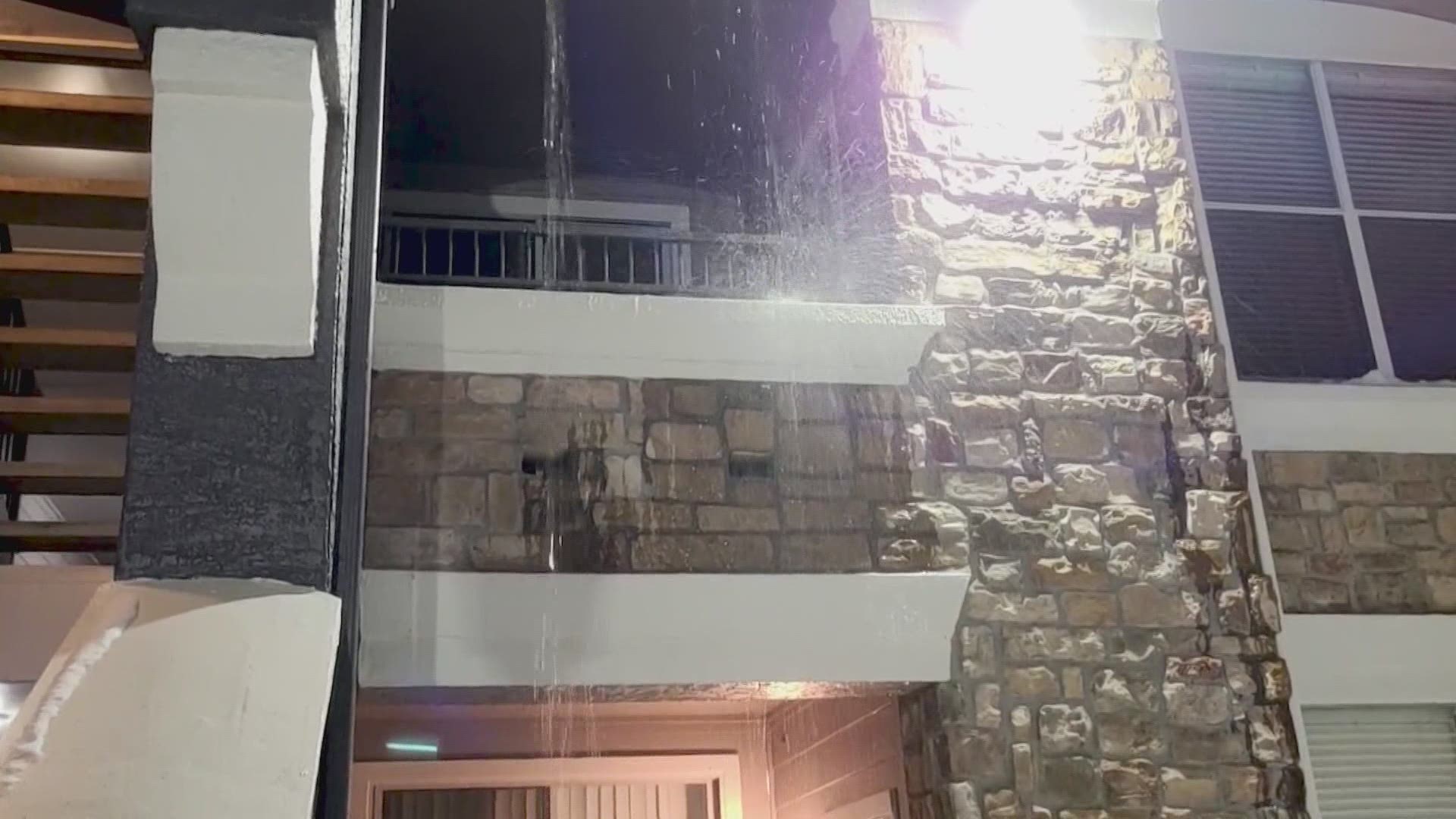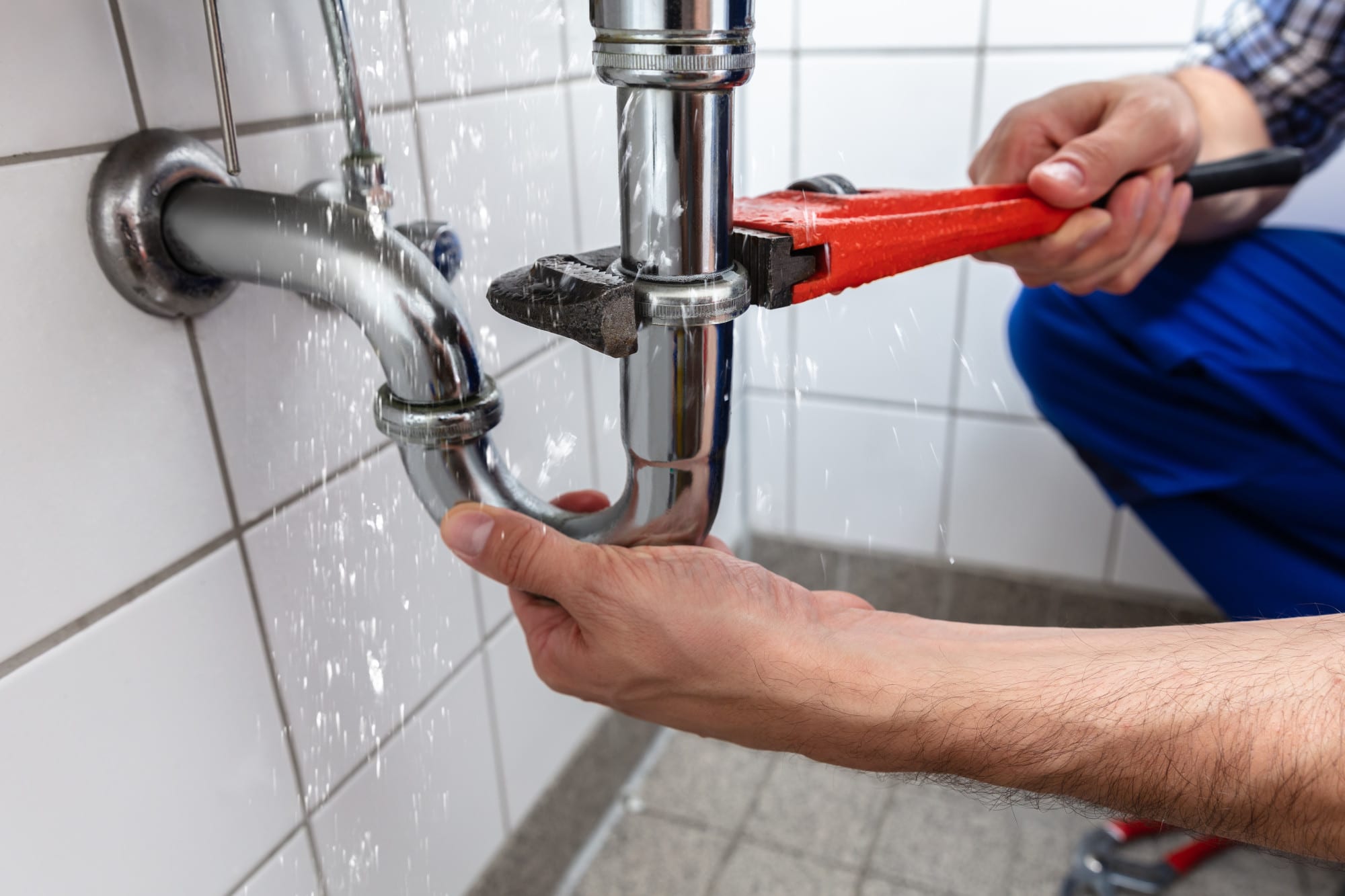Stop the Flood: Techniques for Detecting as well as Repairing Burst Pipes
Stop the Flood: Techniques for Detecting as well as Repairing Burst Pipes
Blog Article
Everybody may have their unique theory in relation to What to Know Before Installing a Dishwasher.

A ruptured pipe is a significant emergency; you can just stand as you see water you pay very much to reunite with the planet. In worse situations, you see a pool on your cooking area flooring, which is a fantastic journey threat, especially if you have youngsters around. If the pipeline that burst was in your wall surfaces, bad news: you may need to repaint that whole area.
Just how can a calamity like a burst pipe be protected against and taken care of? Well, by paying attention to your professional emergency plumbing professionals and also complying with these rules.
Exactly how do I know when my pipelines have burst?
Changing water stress
Pipelines do not just burst in a day. You may have seen that your cooking area faucet or shower does not run promptly when you transform the faucet. It may stop briefly for a couple of seconds and then blast you with even more force than common.
In other instances, the water might appear regular initially, after that drop in stress after a few seconds.
Wet walls and water discolorations
Prior to a pipeline bursts, it will leakage, most times. If this persistent dripping goes undetected, the leakage might finish right into a vast laceration in your pipe. One very easy way to avoid this emergency is to keep an eye out for wet walls advertisement water spots. These water stains will certainly lead you right to the leakage.
Puddles under pipelines and sinks
When a pipeline ruptureds, the discharge creates a pool. It might show up that the pool is growing in size, as well as regardless of the number of times you mop the puddle, in a couple of mins, there's one more one waiting to be cleaned up. Often, you might not have the ability to trace the puddle to any noticeable pipes. This is a sign to call an expert plumber.
Untraceable trickling sounds
Pipe bursts can take place in one of the most undesirable locations, like within concrete, inside walls, or under sinks. When the house goes quiet, you might have the ability to listen to an irritatingly consistent dripping noise. Even after you've inspected your shower head and kitchen faucet, the trickling may proceed.
Beloved visitor, the leaking may be coming from a pipeline inside your walls. There isn't much you can do about that, other than inform a professional plumber.
Shut off the Water
When water freezes, it expands in quantity by about 9 percent. And it increases with incredible force: The stress inside pipes may go from 40 extra pounds per square inch to 40,000 psi! No pipe can hold that much stress, so it breaks open. The break may take place where the ice forms, however more frequently, it happens where water stress discovers a vulnerable point in the pipe. That might be inches and even feet from the frozen location. Find the water shutoff valve as well as turn off the water to stop more damages. You may additionally need to shut down the power as well, relying on where the leaks takes place and just how big it is.
Infected water
Lots of people think a burst pipeline is a one-way electrical outlet. Rather the contrary. As water flows out of the hole or tear in your plumbing system, impurities find their method.
Your water may be infected from the resource, so if you can, check if your water container has any problems. Nonetheless, if your alcohol consumption water is provided and purified by the local government, you must call your plumber promptly if you see or smell anything funny in your water.
What do I do when I identify a burst pipe?
Your water meter will certainly continue to run even while your water wastes. To minimize your losses, discover the major controls and also turn the supply off. The water mains are an above-ground framework beside your building.
How to Fix & Detect a Leaking Pipe
How Do I Know if a Pipe is Leaking?
Leak detection tests can help you determine if your pipe has a leak. Even if you don’t see an apparent leak, you should still conduct leak detection tests regularly to save water and money—and prevent major damage to your home.
Water meter. It can be helpful to figure out what your usual water meter usage numbers are and then monitor them regularly. To monitor your meter, first, turn off all water faucets in your home. Check the meter and write down the numbers. In a few hours, check the meter again. If the numbers have changed, you have a leak. Water gauge. Use a water gauge to test your water pressure. Your showerhead should produce a certain amount of water pressure based on its model and design. If the pressure is lower than it is supposed to be for that specific showerhead, your home likely has a leak. Puddles. Look inside your bathroom, laundry, and kitchen sink cabinets. Puddles around the cabinets or around toilets, tubs, showers, and washing machines indicate the presence of a leaking pipe. You may also notice loose tiles, peeling or flaking paint, or mold caused by water accumulation. Napkin test. Even if you don’t see any puddles, you may still have a leak. You can test for water leaks in the bathroom, laundry, and kitchen by wiping below-sink connections with a napkin, paper towel, or piece of toilet paper. If it becomes damp, you probably have a leaking pipe under the sink. Discolored walls. Walls that are discolored—usually with brown or yellow stains—or bulging might mean that they have been impacted by water damage caused by a leaking pipe. Smell. A leaky pipe will create sitting water, and over time, that water may develop a musty smell. If your home smells musty, but you can’t locate the source, it may be due to a leak. Steps for Fixing a Leaking Pipe
A leaky drain can be remedied by tightening the pipe base, replacing the drain seal, caulking the rim, and tightening the pipe nut. Similarly, a leaking toilet pipe can be treated by tightening the packing nut. You may also need to replace the valve. A leaky faucet may just need tightening or replacement of the washers. If that doesn’t work, consider replacing your faucet. If your pipe has a hole in it, you may want to use a pipe leak sealer or pipe leak tape. This quick fix for water pipe leaks can also temporarily fix a copper pipe leak. https://www.ahs.com/home-matters/quick-tips/how-to-tell-if-pipes-are-leaking/

I'm very fascinated by How to Install and Connect a New Dishwasher and I am hoping you enjoyed reading the new piece. In case you appreciated our page please don't forget to pass it around. Thanks for your time. Kindly stop by our blog back soon.
This Post
Report this page